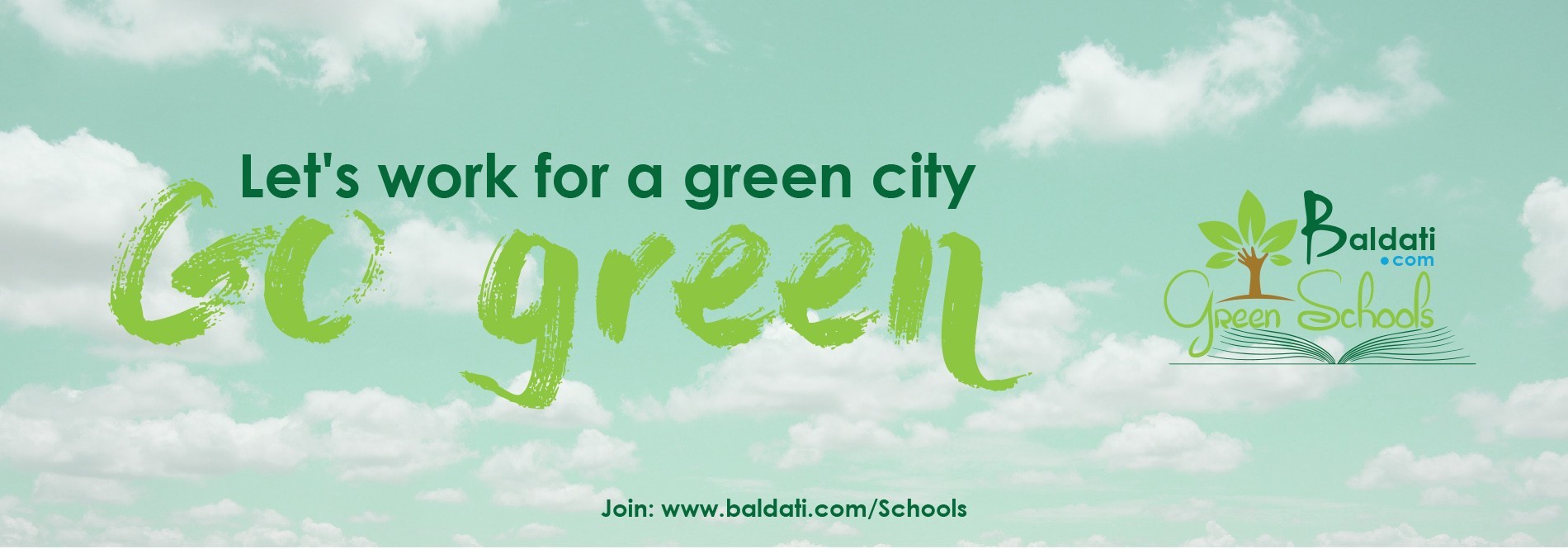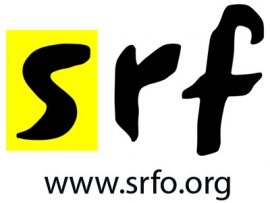Plastic recycling is the process of recovering scrap or waste plastics and reprocessing the material into useful products. Compared to glass or metallic materials, plastic poses unique challenges. Because of the massive number of types of plastic, they each carry a resin identification code, and must be sorted before they can be recycled. This can be costly; while metals can be sorted using electromagnets, no such 'easy sorting' capability exists for plastics. In addition to this, while labels do not need to be removed from bottles for recycling, lids are often made from a different kind of non-recyclable plastic.
To help in identifying the materials in various plastic items, resin identification code numbers 1-6 have been assigned to six common kinds of recyclable plastic resins, with the number 7 indicating any other kind of plastic, whether recyclable or not. Standardized symbols are available incorporating each of these resin codes.
SRF is working on plastic recycling in Lebanon and is willing to cooperate with institutions intersted in paper recycling.
Email: srf@srfo.org







